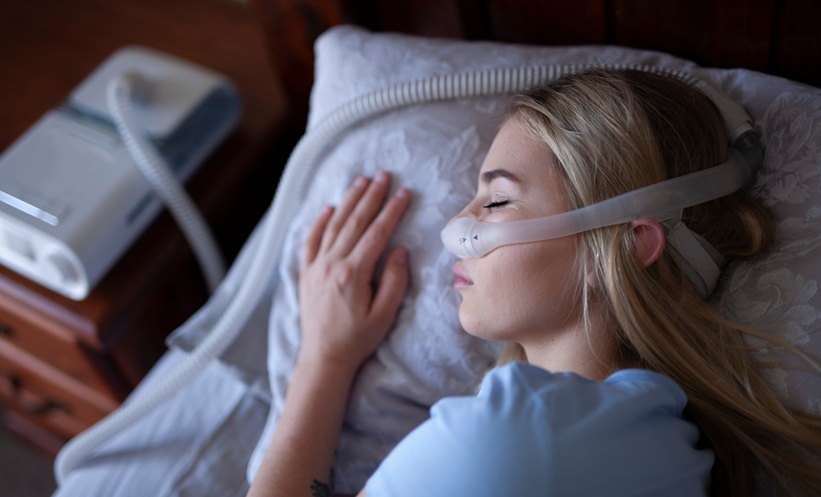OBSTRUCTIVE sleep apnoea (OSA) may increase the risk of developing Parkinson’s disease, but early treatment with continuous positive airway pressure therapy could mitigate this risk, according to a new study analysing over 20 years of medical records from US military veterans.
Researchers examined data from the Veterans Affairs Corporate Data Warehouse, identifying 1,552,505 veterans with OSA and 9,759,246 without OSA. Diagnosis was determined using ICD-10 codes, while Parkinson’s disease was validated through case definitions with high positive predictive values. CPAP use was assessed through medical interviews, with patients classified as receiving early treatment if CPAP was initiated within 2 years of diagnosis or late treatment if initiated beyond 2 years. Statistical adjustments were made for factors such as age, sex, smoking status, and competing risk of death.
Findings showed that OSA was associated with an increased incidence of Parkinson’s disease, with 1.8 additional cases per 1,000 individuals at 5 years compared to those without the condition (P<0.001). Patients who started CPAP therapy more than 2 years after diagnosis had Parkinson’s rates similar to those who did not use CPAP. However, early CPAP treatment was linked to a significantly lower risk, with 2.3 fewer cases of Parkinson’s per 1,000 individuals after 5 years (P<0.001).
These results suggest that OSA may be a modifiable risk factor for Parkinson’s disease, with early airway pressure therapy potentially offering neuroprotective benefits. Further research is needed to explore the underlying mechanisms and confirm these findings in broader populations.
Reference
Montano I et al. Obstructive sleep apnea is a risk factor for Parkinson’s disease and CPAP mitigates risk of PD: an EHR-based cohort study in military veterans. AAN Annual Meeting, 5-9 April, 2025.







